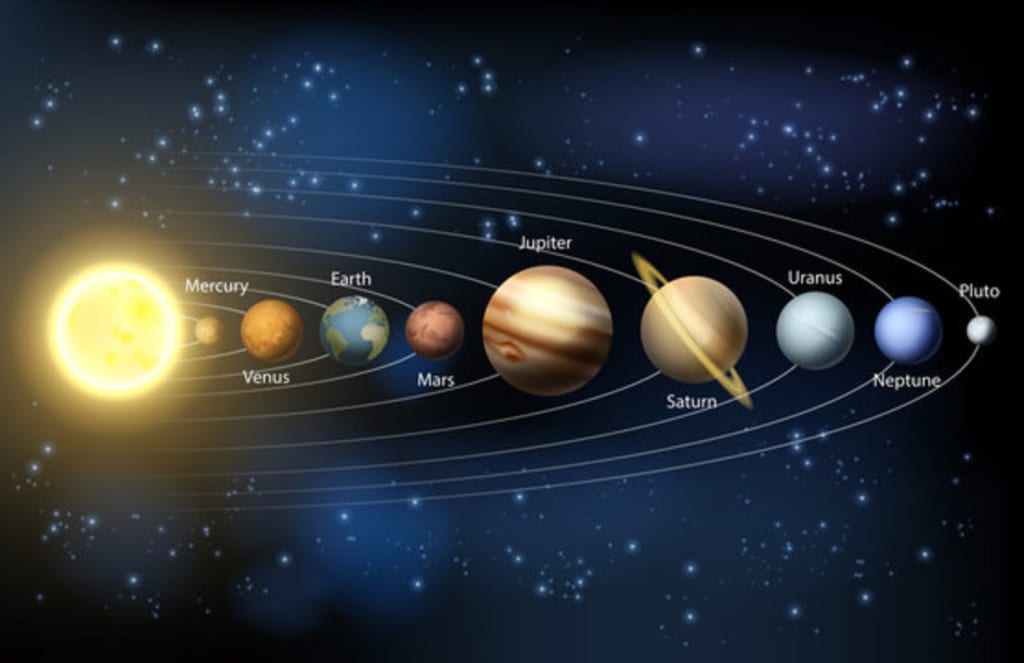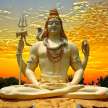
Typically, the word "solar family" refers to the system of bodies that orbit the Sun, which is made up mostly of the eight planets (Mars, Jupiter, Saturn, Neptune, Earth, Venus, and Earth), as well as their moons, dwarf planets (like Pluto), asteroids, comets, and other debris. Our solar system's history spans billions of years and is one of cosmic evolution. Here's a quick rundown:
Formation: The solar nebula was created when a massive cloud of gas and dust collapsed due to gravity around 4.6 billion years ago. The material started to spin and flatten into the shape of a disk as it collapsed, with the majority of the mass concentrating at the center to form the Sun. The planets, moons, asteroids, and other celestial bodies were formed by the steadily forming remnants of the disk.comets.
Early Solar System: The terrestrial planets (Mercury, Venus, Earth, and Mars) were formed by repeated collisions between planetesimals, or small planetary bodies, in the early solar system. This violent environment persisted throughout this period. A massive impact event caused by these collisions also resulted in the formation of the Moon around Earth.
huge Impact and Moon Formation: The huge impact hypothesis, which postulates that a body the size of Mars called Theia crashed with Earth about 4.5 billion years ago, is the most widely accepted explanation for how the Moon formed. The Moon eventually formed from the material that was thrown during this impact.
The formation of Jupiter, Saturn, Uranus, and Neptune occurred further out in the solar system, beyond the frost line, where volatile substances like water could persist as solids. This process is known as the "migration of giant planets." Following that, they moved to their present locations as a result of gravitational interactions with the gas and dust disk.
Late Heavy Bombardment: The solar system went through a period of heavy comet and asteroid strikes between 4.1 and 3.8 billion years ago. This period is known as the Late Heavy Bombardment. The evolution of life on Earth and other solar system bodies may have been impacted by this time.
Stabilization: As the planets settled into their present orbits, the solar system eventually became stable. As asteroids and comets continued to orbit the Sun, moons began to form around a large number of the planets.
Evolution of Life: Between 3.5 and 4 billion years ago, life began to form on Earth, eventually giving rise to the variety of species that exist today. Scientific research is still focused on finding evidence of extraterrestrial life, whether it be on Mars, one of Jupiter's moons (such Europa or Ganymede), or somewhere else.
Future Evolution: The solar system is still evolving, although it is doing so far more slowly now than it did in the beginning. The Sun will eventually run out of nuclear fuel and turn into a red giant, which could eventually swallow the inner planets. Science continues to explore and conjecture about the solar system's ultimate destiny.
The solar system has seen several cosmic events over its history, including planet formation and impacts that have left their marks on the surfaces of planets like Mars and the Moon. Researching our solar system sheds light on the mechanisms guiding the creation and development of planetary systems across the cosmos.
The celestial bodies that make up our solar system and orbit the Sun are referred to as the "solar family". Below is a summary of the main participants:
Over 99% of the solar system's mass is found in the Sun, the central star. It supplies the planets and other bodies in its orbit with energy, heat, and light.
Planets:
Mercury
Venus on Earth
Mars
Jupiter
Saturn
Neptune Uranus
Celestial worlds that orbit the Sun but have not yet freed themselves of other debris are known as dwarf planets. While Pluto is the most well-known dwarf planet, the International Astronomical Union (IAU) also recognizes Eris, Haumea, Makemake, and Ceres.
Moons: Known also as natural satellites, moons orbit the majority of the solar system's planets. While Jupiter and Saturn have several moons, some of which are the size of planets, Earth only has one moon.
Asteroids: Mostly located in the asteroid belt between Mars and Jupiter, asteroids are stony objects that circle the Sun. A few well-known asteroids are Vesta, Pallas, and Ceres.
Comets: Comets are icy objects that come from the Oort Cloud and the Kuiper Belt in the outermost regions of the solar system. As they get closer to the Sun, ice and dust sublimate, giving them a visible coma, or hazy atmosphere, and occasionally a tail.
Meteoroids and Meteorites: Meteoroids are space-traveling, tiny, rocky or metallic bodies. A meteor, often known as a shooting star, is a streak of light created when they burn up as a result of friction as they approach Earth's atmosphere. Should any fragment of the meteoroid make it to Earth's surface, It is known as a meteorite.
Fine dust and other particles found in the space between planets are referred to as interplanetary dust. It is believed to be comet and asteroid debris and plays a role in meteor showers and zodiacal light phenomena.
All of these solar family members contribute to the development, evolution, and continuous processes that make up our solar system, which is a complex and dynamic system.






Comments
There are no comments for this story
Be the first to respond and start the conversation.